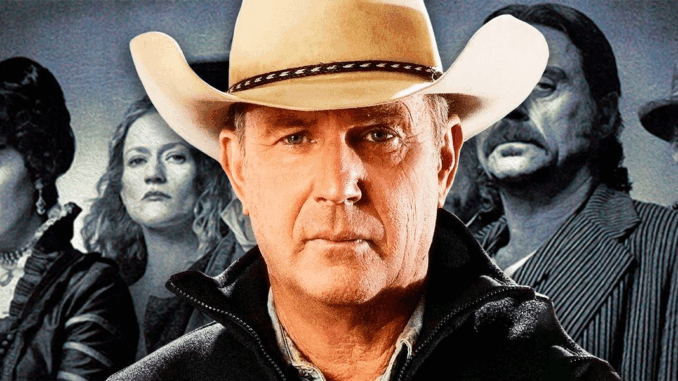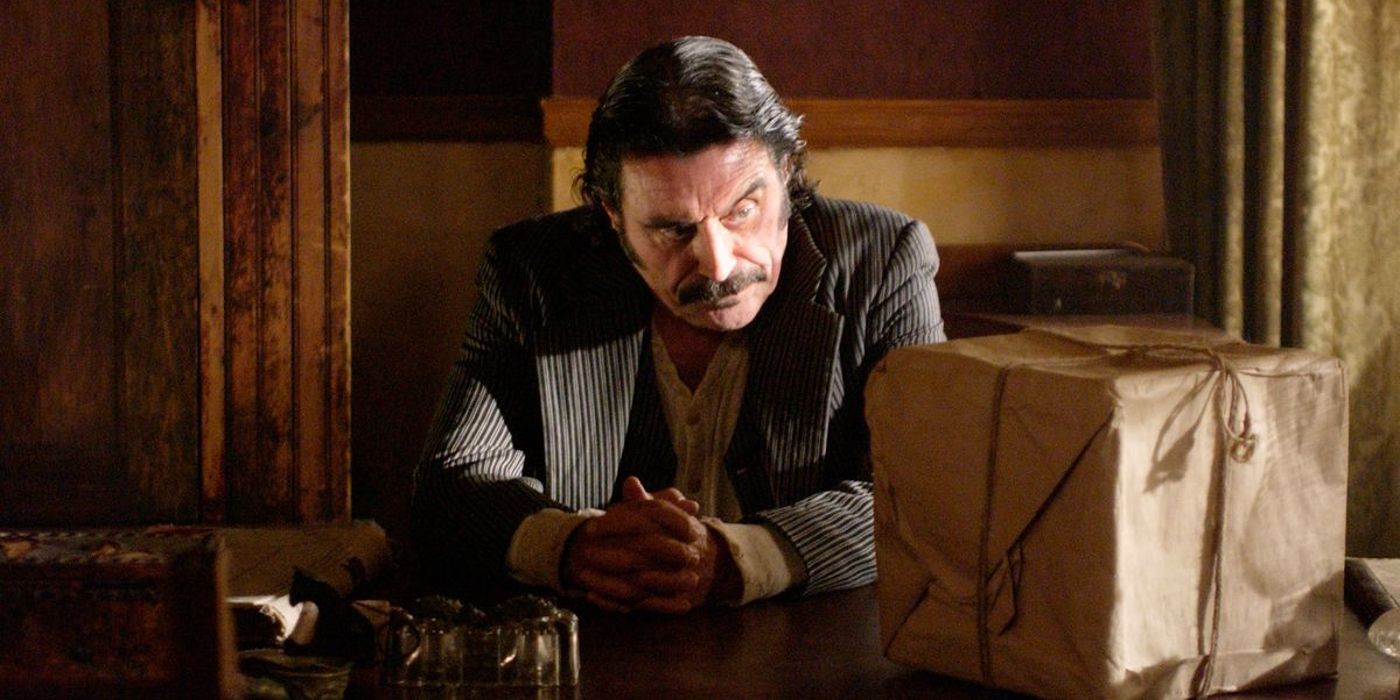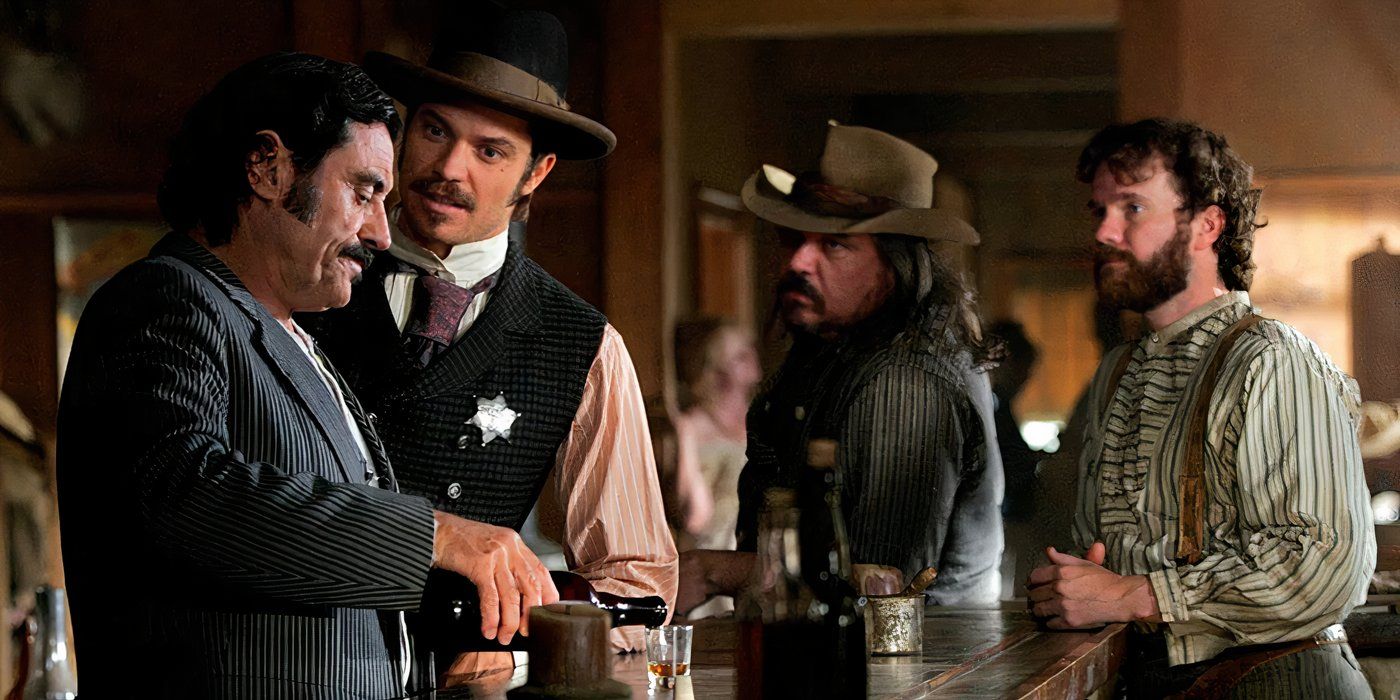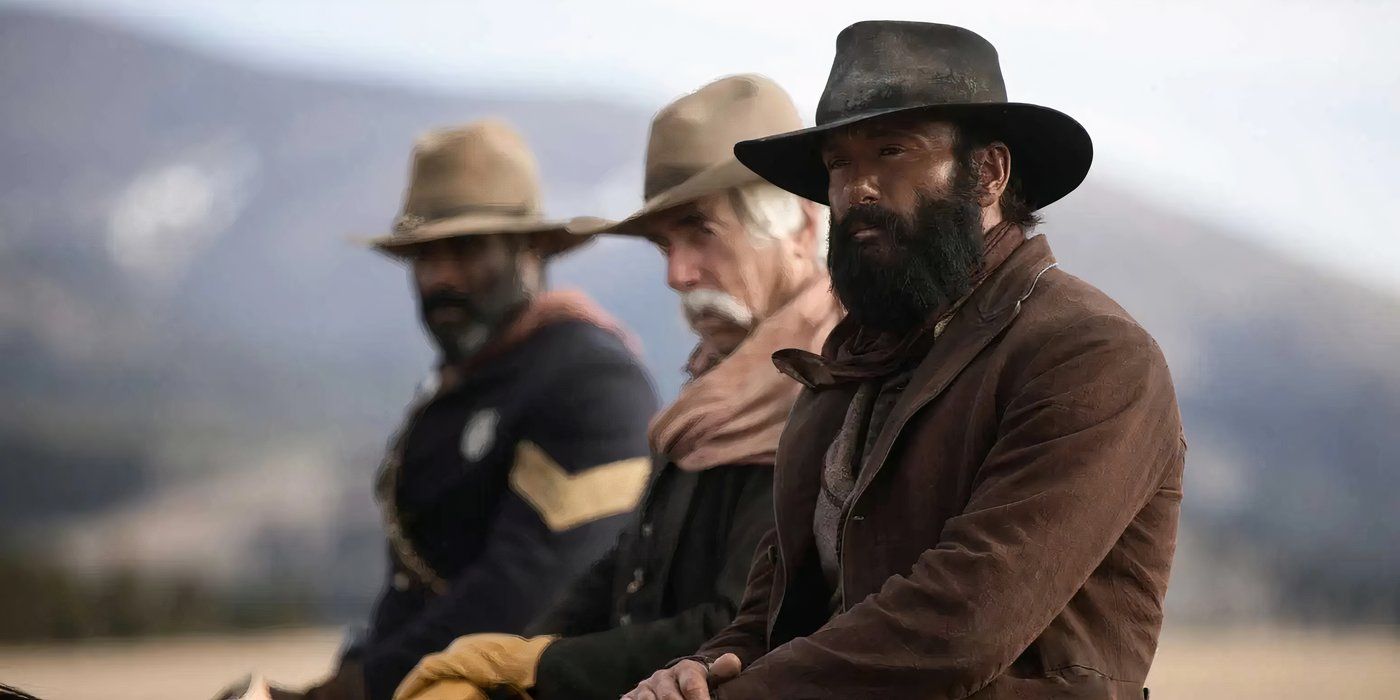
Before streaming, cable TV was the model for the new “golden age” that has led to the prolific wave that has taken over television screens today. HBO specifically changed the game with shows like The Sopranos, The Wire and Oz. However, in the mid-2000s, they released another classic cable series that brought the first cinematic Western to TV. Helping to shape TV as much as any other show during that time, Deadwood was one of the best shows around. For a short period of time, it was the quintessential Western drama, and it redefined the genre on TV forever. Fans are either quick to forget the series or simply haven’t seen it, but Deadwood was an influential HBO gem, and without it, there’s no way of knowing whether shows like Yellowstone would even exist. Fans of great cinematic dramas and Westerns need to check out Deadwood at least once. They will quickly utter the name Al Swearengen alongside the likes of Tony Soprano, Tyrion Lannister and John Dutton.
Deadwood Combined Fiction and History for An Epic Western Saga
Not only does the series feature one of Ian McShane’s greatest performances ever, it also highlighted Timothy Olyphant’s skills in the genre just a few years before he did Justified. Before the likes of Tyrion Lannister on Game of Thrones, it was actually Al Swearengen who was best known for drinking often, knowing things and delivering either iconic monologues or memorable one-liners. McShane’s embodiment of the role was everything, and it helped shape the series into a tight-knit character piece each and every episode. The way the relationships of the characters developed and the town of Deadwood evolved was truly something special to experience each season. The moral lines were certainly thin, and the conflicts were certainly unpredictable in a Wild West landscape like the one that is portrayed.
One of the key elements of Deadwood that made it so special was that it followed a format that other HBO series would, where they would combine fiction and history to allow for intricate storylines in the series. Very often in Deadwood, historical figures would pop up in town and either cause trouble or lend a hand. Wild West figures such as “Wild Bill” Hickok, E. B. Farnum and even Wyatt Earp show up at different points throughout the series. They’re not the only ones, either, as much of the main cast is also made up of real-life historical figures. This adds an element of authenticity to the series that is essential to the show’s success.

The way Deadwood evolved over the course of its three seasons is a big reason why it kept audiences hooked. The character dynamics made people feel like they were visiting a town that was as accurate as it must have been in reality. The various establishments, roles, and systems that made the deeply corrupted community run were most likely exactly what people could have expected from a Wild West environment in America. Deadwood was a hit, and it has its run, but it remains one of the biggest talking points to this day why something so rich with substance met a controversial and abrupt end in 2006.
Deadwood Was Abruptly Canceled In 2006 Before Its Fourth Season
There have been many examples over the years of quality shows getting canceled for one reason or another. However, given the time in which Deadwood was released, it still remains one of the most shocking cancellations. Cable TV’s cinematic form was quickly attracting viewers everywhere, but naturally, not everyone was willing to pay for cable in order to watch. There were only specific shows that could draw more subscriptions, and, unfortunately, Deadwood wasn’t one of them. Fans who enjoyed The Sopranos were enjoying Deadwood, but there were also plenty of households that were ready to cancel their HBO subscription as soon as the hit gangster series was done for the season.
This is when things start getting interesting, because all the major conflicts start to encroach from the outside of the town. Suddenly, the story becomes about a unified band of Wild West anti-heroes working together to protect their home from exterior enemies. The third season of the series specifically pushes the drama in this direction and forces a lot of interesting character decisions and actions. The main antagonist of the season is real-life figure George Hearst, who attempts to impose his will on the community and destroy everything that the characters have built thus far. Hearst goes head-to-head with the main characters but also finds ways to pit them against each other from time to time.
Yellowstone Is Effectively Following In Deadwood’s Footsteps
Although the style and identity of the shows are different, Deadwood and Yellowstone are cut from the same cloth. The 2018 Sheridan original was definitely something of a cultural phenomenon as it introduced audiences to an interesting contemporary Western landscape. However, it’s the Yellowstone prequels that have followed suit after the success of Deadwood. It’s not common to get classical Westerns on TV anymore, and since Deadwood, there haven’t been many that come to mind. However, since Taylor Sheridan decided to explore the past of the Dutton family, he has since made two classic Westerns for television.


